PPC means pay-per-click. As the name suggests, it is an advertising form where marketers pay each time someone clicks on their ads. We encounter PPC advertisements almost every day in various media channels. The most common platform for PPC marketing is Google Ads (or other search engines), where you find ads placed at the top of search engine results pages (SERP).
When you (or your marketing department) set up a PPC campaign, you choose the keywords you want your ad to show up for. You then create a budget for daily or monthly spending, set demographic criteria, and you are ready to go.
PPC advertising occurs in different ways based on the channel it uses. We have seen a lot of marketers use PPC ads on social media like Facebook, Instagram, and LinkedIn, as well as display advertising on personal or corporate websites.
This article will explain what PPC means for marketers, what features it has (as well as the types), and what are the common strategies that PPC advertisers use.
What Does PPC Stand for in Marketing?
Pay-per-click marketing can work in many different ways. It could appear in search engines or social media, or take various forms with video inbuilt ads, and in-app ads. They are everywhere from YouTube to social media. The mechanics behind PPC advertising are easy.
First, advertisers research for keywords that they want users to find their brand online. For example, a clothing brand with an online store, may look for keywords like “shop clothes online” and evaluate the competition and bid prices. After the marketing or advertising team decides to go with these keywords, they can choose the channels in which their ads will appear. If they place their campaigns in Google, then their ads will appear on top of search results after people search for selected keywords.
There is no fee or charge before the advertisers’ links are clicked. So, as the name suggests, you get charged only whenever an internet user clicks on your advertisement. The great thing about PPC is that you can control your budget. You can choose how much you’re willing to pay for each click, and then adjust your budget accordingly. This makes it a great option for businesses of all sizes.
Different Types of PPC Campaigns in marketing
There are many similarities between SEO and PPC, but it is important to understand how they differ and what are their use cases for marketing departments.
CPC (cost-per-click) – you pay for each click
A CPC campaign is when you set a maximum cost per click and a daily budget. When someone clicks on your ad, you pay the cost of their individual click, which is what makes this kind of PPC campaign so great! You can also set different limits for different types of traffic, users, and demographic details.
For example, if you have a business that sells products online and wants local visitors to see the business more than international ones, you can target them with CPC campaigns. The target audience would be those customers who live nearby. You limit the maximum amount spent on ads targeting those people relative to other demographics.
CPM (cost-per-impression) – you pay for each 1,000 user views
CPM (cost-per-impression) is a cost model where you pay per 1,000 viewers. It’s similar to CPC, but only applies to paid searches and display ads. For example: if you bid $1 per click but your ad shows 100 times, Google will charge you $100 for those clicks or impressions. And if someone clicks on your ad 50 times and views it twice, then they’ll cost you another $100 in payments—and so on!
Smart Bidding
Smart bidding uses machine learning for bids and conversion rate optimizations. It is an automated process that identifies keywords (the most popular search queries and phrases in search engines) within your ad copy. It then uses those keywords as filters for ad types. Smart bidding removes unnecessary traffic and impressions on your ads, which automatically improves conversion rates and reduces costs.
Smart Bidding is easy to implement once you’ve set up your account – just add some keywords or phrases relevant to what you want your campaign for, then select “Ad Group” as your bid type. You can also create custom audiences based on these filters if needed!
PPA (pay per acquisition)
Pay per acquisition (PPA) is a type of PPC campaign that pays you when the user converts. Those businesses and marketing departments that want to increase sales or generate leads use PPA ad types. But you can also use it for any number of different purposes.
In the case of lead generation or sales, you’ll pay for clicks, impressions, or form completions that generate leads or sales. You will be charged on how many times people clicked on your ad or how many times they completed forms successfully.
Dynamic remarketing
Remarketing is what the name suggests – targeting people who have a previous shopping history. With dynamic remarketing, you can reach the audience who was once interested in a product like yours. This increases your chances of converting a customer.
For example, imagine you’re running a clothing store and want to advertise your brand on social media or other online channels, and you have any existing lists of shoppers who have bought clothing from your store in the past 3 months (or however long it takes for them to purchase something else). You can target those exact people with unique IDs for repetitive advertising.
Alternatively, you can mirror your past audience (such as their demographics, location, preferences, age, etc) and create similar buyer personas in your ad campaigns to target like-minded people.
RLSA (Remarketing Lists For Search Ads)
It is a type of remarketing that allows advertisers to specifically target Google search ads with custom audiences from previous site visitors.
For example, if you’re an advertiser who wants to go after users who have visited your website recently but have not purchased anything yet, RLSA would allow you to reach these potential customers on Google and even show them ads for products that might interest them.
Sitelink extensions
Most often, these site links help with a conjunction in search engine optimization (SEO) tactics, but they can also help in social media advertising and display campaigns. You may have seen this before: If a user clicks on one of your ads, they will be taken directly to another page on your website that has information about what you do and how to contact you.
You can use this same concept on PPC by adding a site link extension before each ad phrase or location-targeting keyword within the text box of any campaign. It will provide info on what makes your business unique and improve the click-through rate of the ad. Your visitors can now view other pages without leaving the landing page.
Callout Extensions
They are ad extensions within paid search ads. These extensions let marketers add additional text & info about their product or service in their search ad copy. It is a great way for businesses to provide more information about what they have to offer and give potential customers more reasons why they should buy from them. For callout extensions to work, your keywords must be relevant and useful for consumers who are searching for those terms on Google.
Strategies for Building an Effective PPC Campaign


Now that you know what PPC stands for, let’s move on to how to build an effective campaign. There are 5 important steps for creating a successful PPC campaign:
- Set your campaign goals – what do you want to achieve? Increase sales? Generate leads? Improve brand awareness?
- Research target keywords – which search terms are most appropriate for your campaign goals?
- Check competition – how many brands compete for your target keywords? How are they generating their campaigns?
- Define target audience – who will find your ads most useful or interesting? What are the interests, demographics, location, and other features of your audience?
- Set your bidding strategy – do you want to set a limit to your daily spending? Do you want to maximize conversions?
After you figure out all five steps and you have answers to them you can start creating your ad campaigns. Test a few different versions of your ads (Google Ads does it for you) and keep the ones that prove do be most effective.
The key to building a successful PPC campaign is to get organized. First, you want to set up your campaigns and ad groups, then create ad copy and landing pages, and lastly install conversion tracking.
You want to make sure that the language you use in your ads matches the text used on the associated landing page. For example, if a potential customer clicks on an ad about skinny jeans, then your landing page should explain why your skinny jeans are better than other options available out there in the market.
Lastly is installing conversion tracking—this is an essential step because it helps you understand the effectiveness of your campaigns by tracking when someone takes a specific action (ex: purchase) after clicking on an ad. Conversion tracking also helps inform how much money you should allocate towards specific campaigns based on how well they are performing in terms of conversions (ex: purchases).
Measuring the Effectiveness of a PPC Campaign
After launching a PPC campaign, you’ll want to measure its effectiveness to answer questions like, is it generating leads? Is it converting any of those leads into customers? To measure the success of any PPC campaign, there are a few metrics you should keep an eye on. First, impressions—which show how many people have seen your ad. You should also look at the click-through rate (CTR), which shows how many people clicked on your ad out of the total number of impressions.
You’ll also want to track the customer acquisition cost (CAC) against the lifetime value (LTV) of each acquired customer. Finally, track conversion rate, which indicates how many contacts were made via the ad and what percentage were converted into customers. These metrics can give you an idea of how effective your PPC campaigns are working and where improvements can be made for better results.
FAQs About PPC in Marketing
Are you wondering what else you need to know about PPC in marketing? Here are some common FAQs:
How much does PPC cost?
It depends on the keyword, but you can expect to pay anywhere from a few cents to over a dollar for each click. The more competitive the keyword is, the higher your cost will be.
What is a good CTR (click-through rate) on PPC?
It depends on the industry, but generally anything above 2% is considered good.
What is the best way to optimize a PPC campaign?
Optimizing PPC campaigns includes testing different ads and keywords, setting realistic goals and budget constraints, analyzing your data, tracking performance, and making necessary changes in order to maximize ROI.
Conclusion
So, there you have it: PPC is an advertising model that allows you to place ads on search engines and websites. When someone clicks on your ad, you pay the search engine or website owner a fee. PPC is a great way to get your business in front of people who are actively searching for the products or services you offer. It can also help you to generate leads and sales, and to grow your business. If you’re ready to start using PPC to promote your business, the first step is to create a campaign. Then, you’ll need to create ads and choose the keywords you want to target. You’ll also need to set a budget and determine how you want to measure your success.
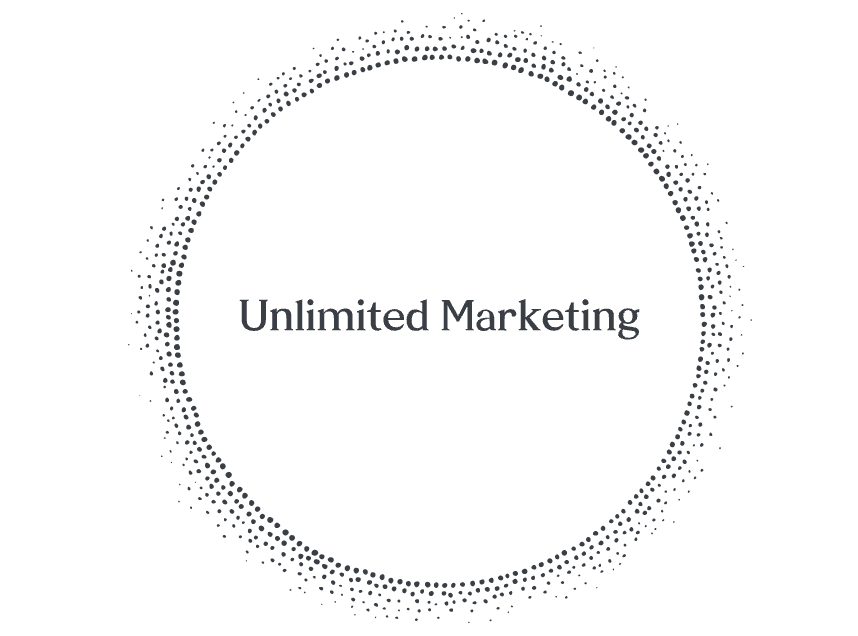
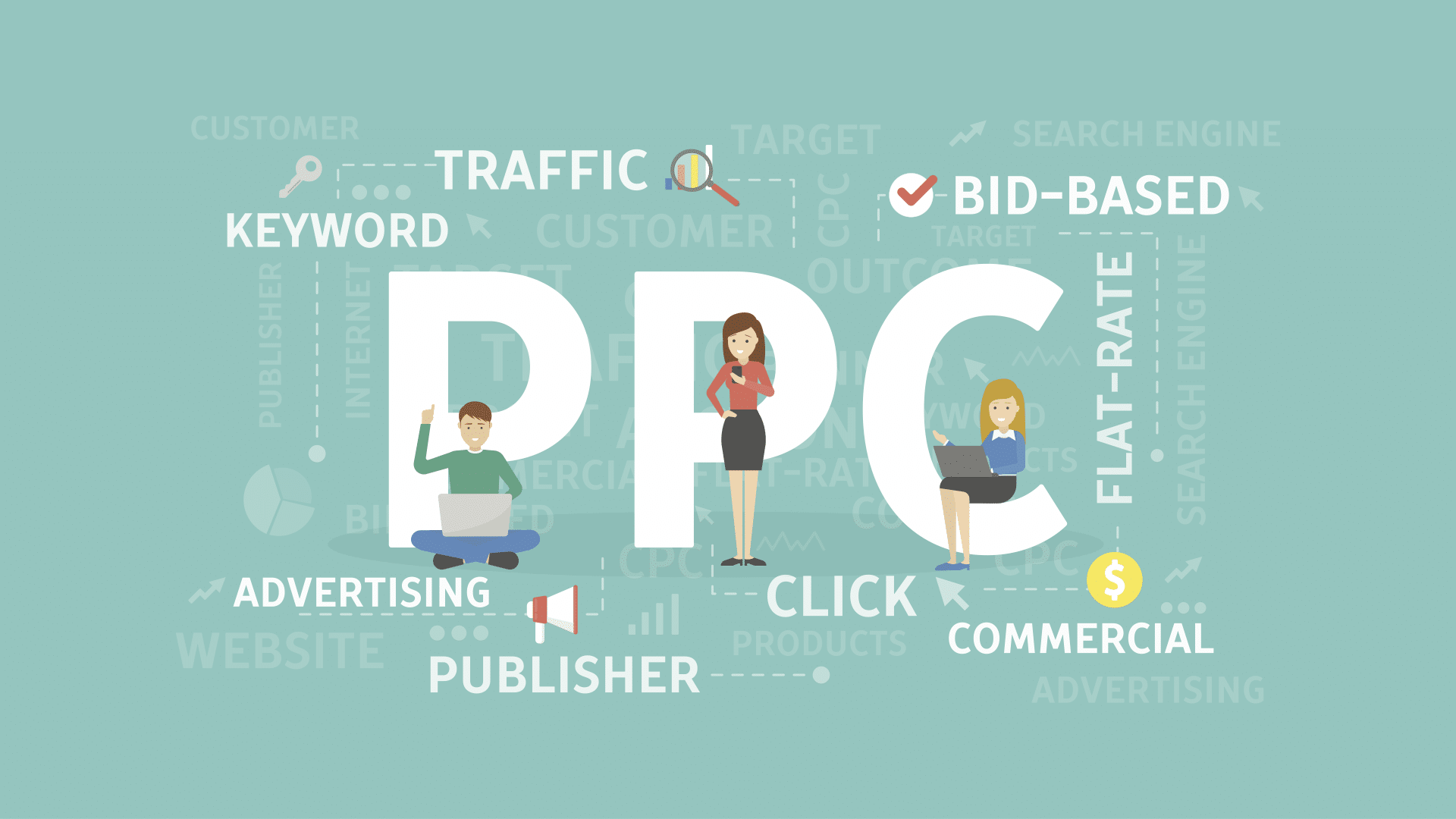
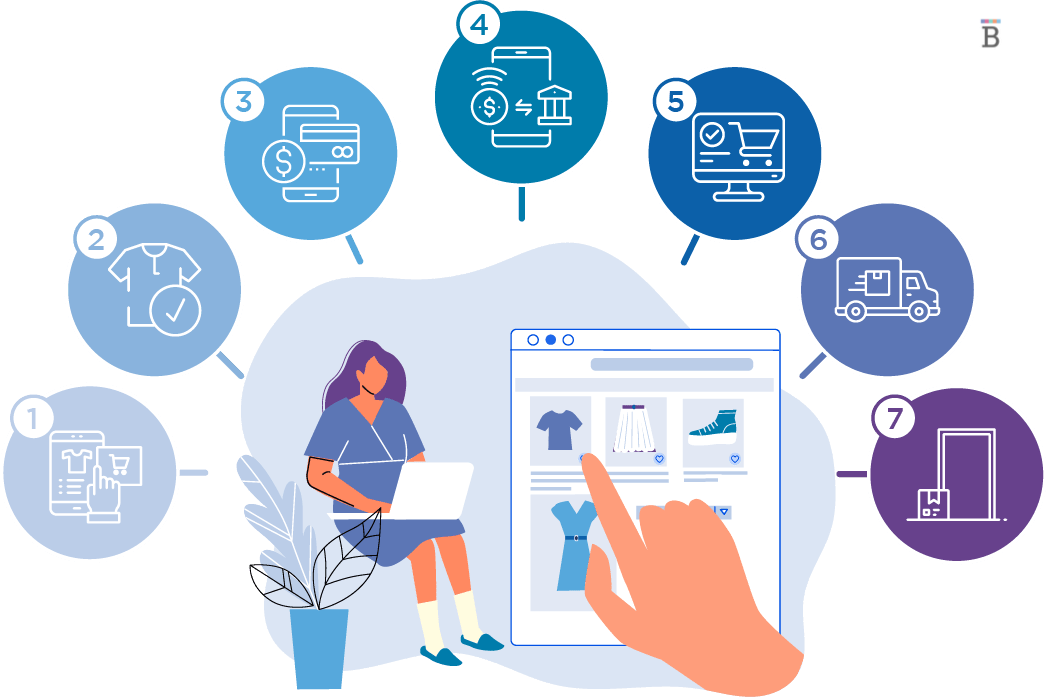



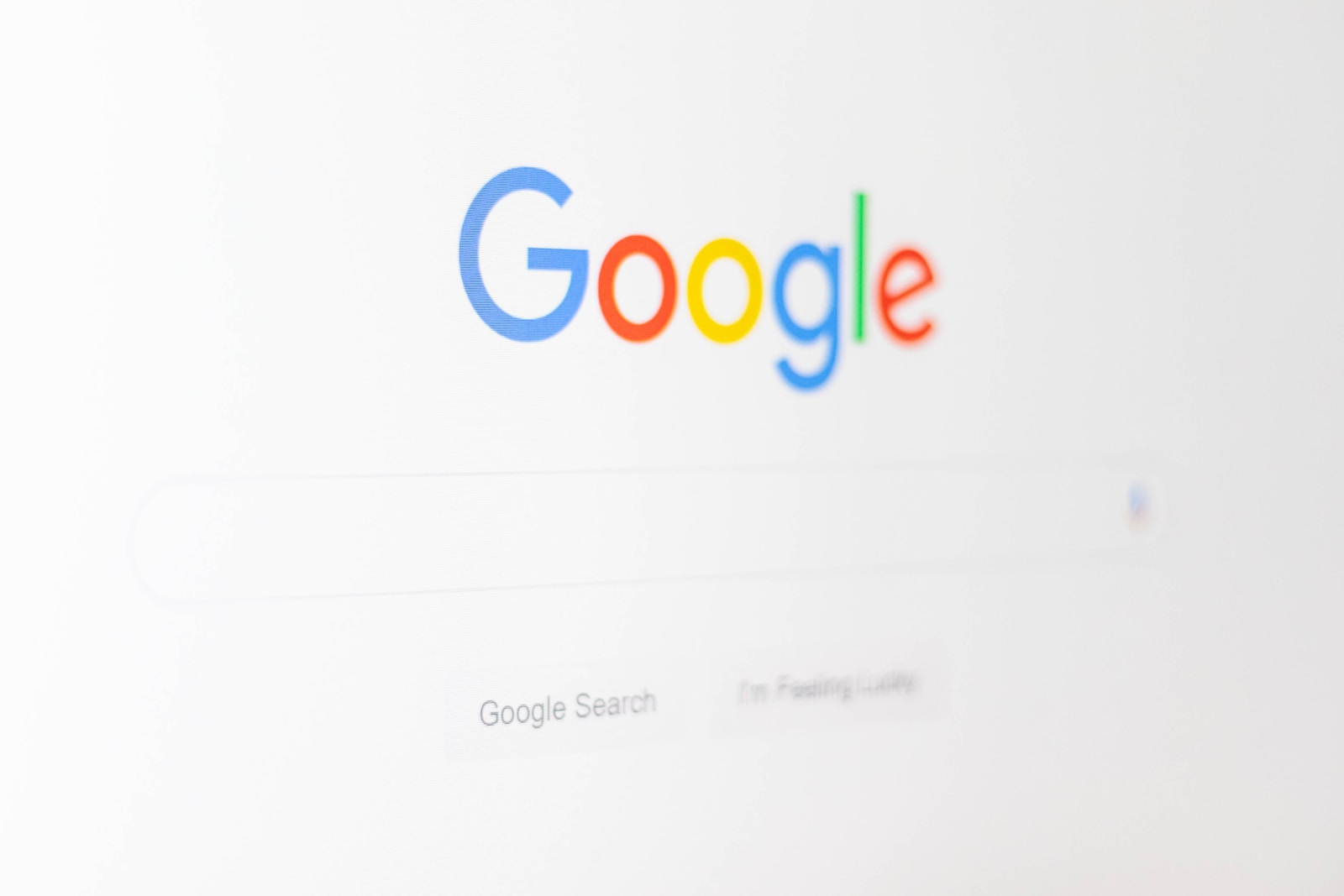




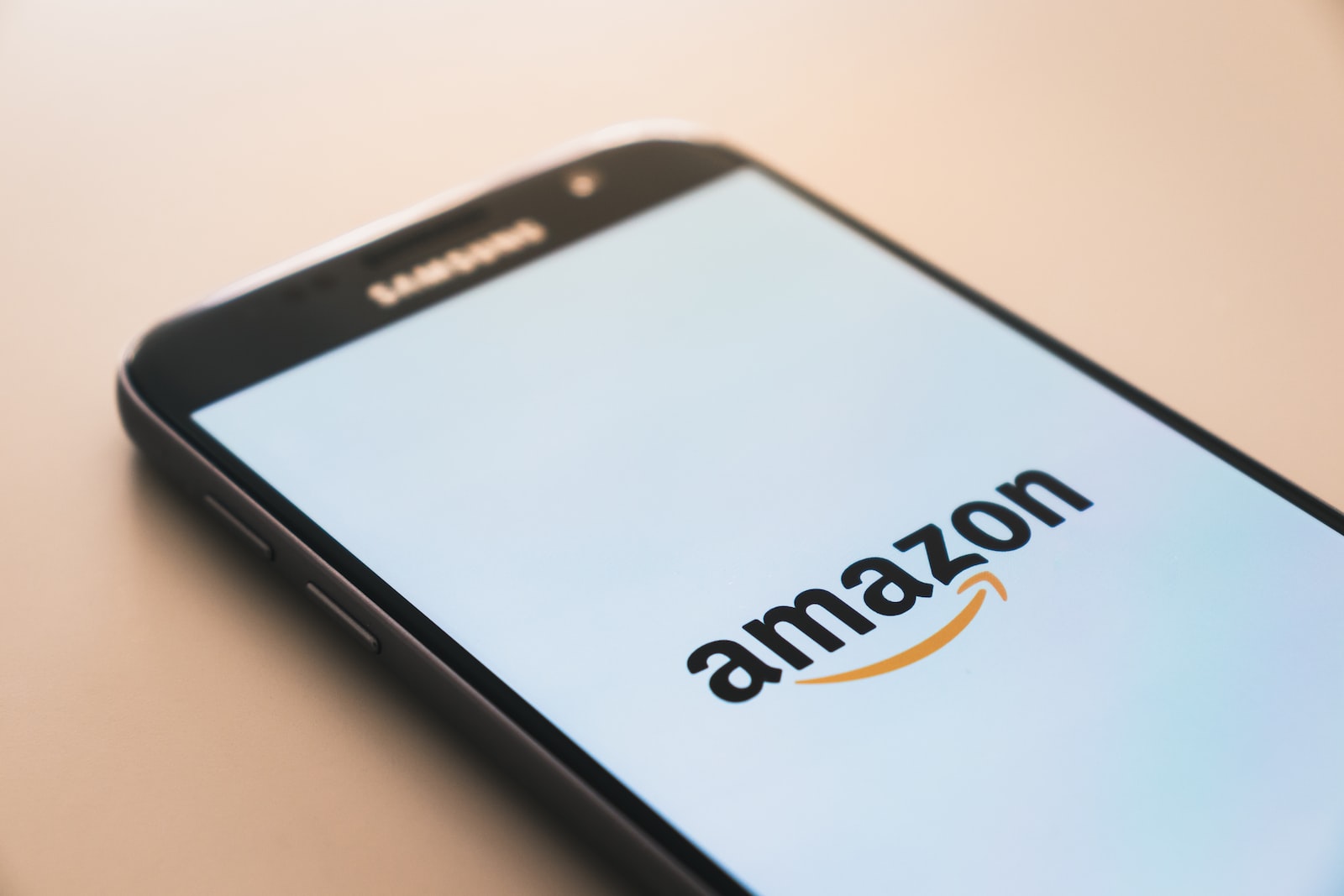

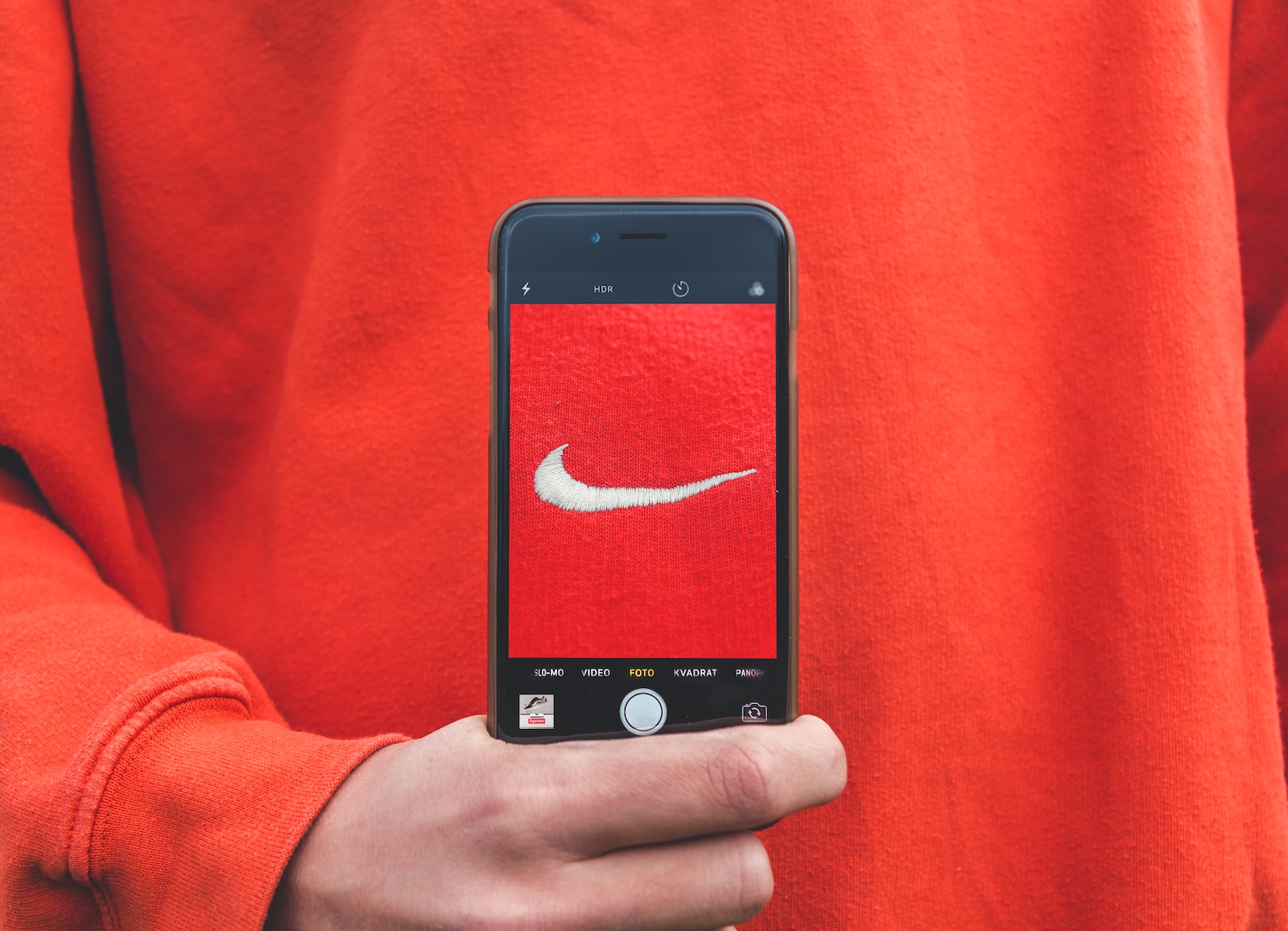

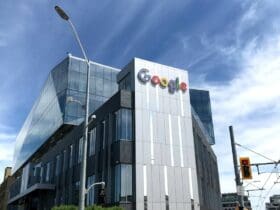


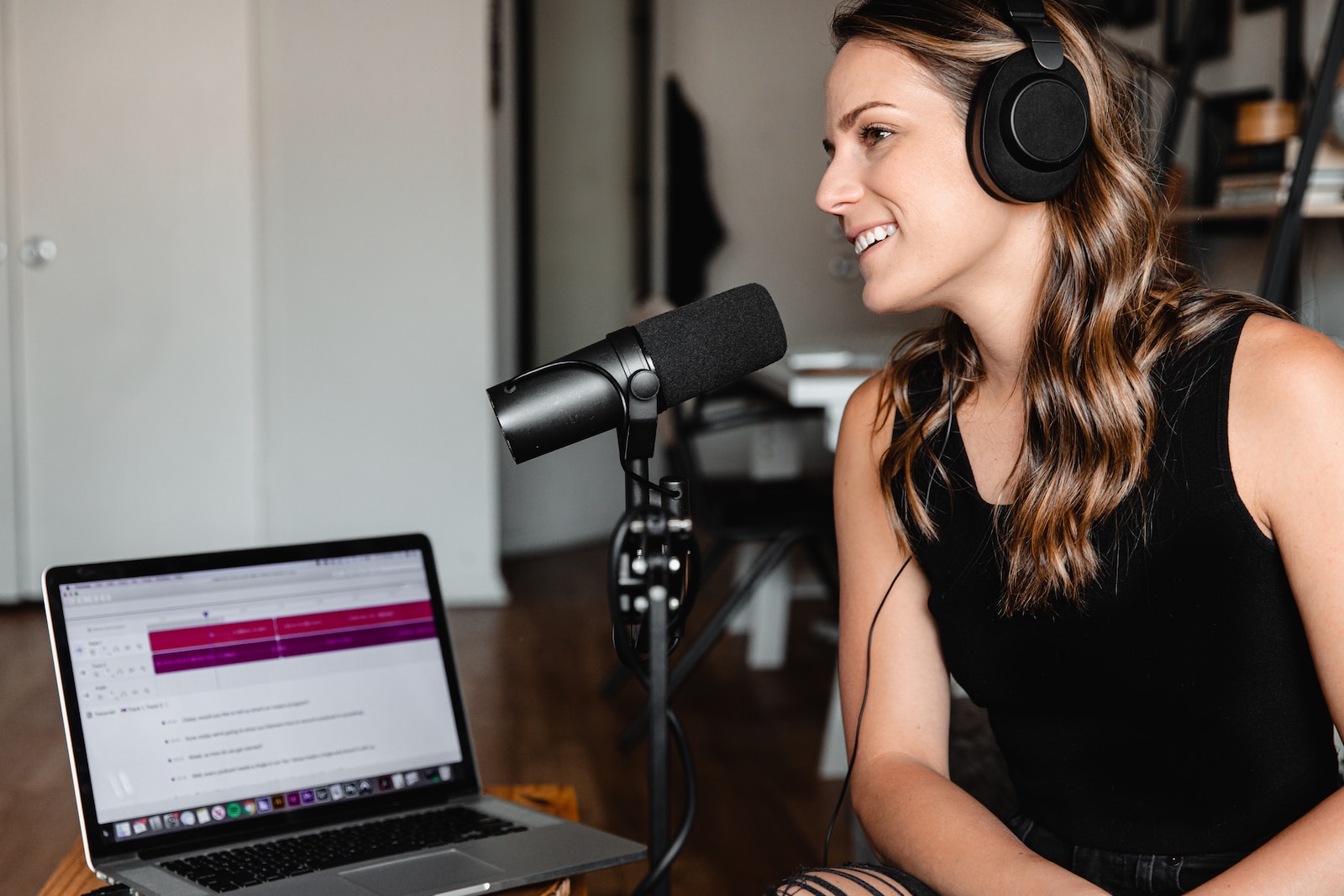


Leave a Reply
View Comments